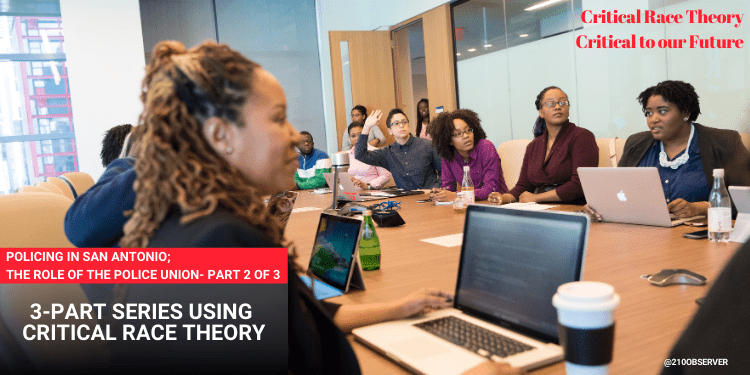Deadly force means that force which a reasonable person would consider likely to cause death or serious bodily harm. Its use may be justified only under conditions of extreme necessity when all other alternatives have failed or cannot realistically be utilized. Discretion and use of force have long coincided with one another in the field of law enforcement. Discretion is when officers use their own judgment to determine whether a “suspect poses a threat to officers or others” (Tennessee v. Garner, 471 U.S. 1105, 1984). Reasonability determines whether an officer’s action of lethal force is acceptable. This issue creates complexity within law enforcement since a single person’s level of threat could be different from another’s. Perception is everything when officers determine the level of force to use. Officers can assess characteristics of a target, to determine the level of threat present. Once deadly force has been employed by an officer, the police union uses its political and social influence to ensure that officers face little or no consequences resulting from their use of deadly force.
Police unions have been under national scrutiny since May, when George Floyd was killed by a Minneapolis police officer. In San Antonio, police misconduct is not new, but the cries against questionable disciplinary procedures for the San Antonio Police Department and its union members are increasing. In the cases of Antonie Scott, Thad Demarco Hale, Charles Roundtree, Damian Lamar Daniels, Major Carvel Baldwin, Darrell Zemault and Richard Castilleja all were shot while not fleeing. In each case the use of deadly force appears to be the “action of choice” by arresting officers especially where minorities are involved. The current contract has handcuffed Chief William McManus’ efforts to discipline or dismiss officers. The City of San Antonio and the police union have a long history of contentious contract negotiations. The current contract, which was approved in 2016 ends in September 2021, negotiations begin in January 2021.
Organizations such as Black Lives Matter and FixSAPD are calling for several revolutionary reforms. Most protesters and police reformists believe cities like San Antonio must shift funding away from its police department and into social programs. A 2018 University of Oxford study of the hundred largest American cities found that the extent of protections in police contracts was directly and positively correlated with police violence and other abuses against citizens. A 2019 University of Chicago study found that extending collective-bargaining rights to Florida sheriffs’ deputies led to a forty per cent statewide increase in cases of violent misconduct translating to nearly twelve additional such incidents annually.
Police disdain for marginalized communities have become part of a culture that has grown with each deadly encounter. Historical patterns help explain why African Americans, who were coercively assimilated, have had more strained relations with state institutions than groups that voluntarily migrated to the United States. A long line of studies documents the existence of a robust police subculture which begins at the academy and is nurtured by the union. A fraternity that socializes new recruits to view themselves as the “thin blue line” and to develop an “us vs. them” mentality not only toward suspects but also, in a diluted form, toward the public. This mindset is reflected in a recent survey that revealed that the overwhelming majority of American police officers 86% believed that the public does not understand police work or the risks officers face on the job, while two-thirds of the officers reported that they had been verbally abused by a civilian in just the past month (Pew Research Center, 2017). This mentality has caused many police union members and supporters to forget the original purpose of labor unions: protecting all workers, in other words, protecting the public. Next week we will look at part 3 of policing and how we move forward.





